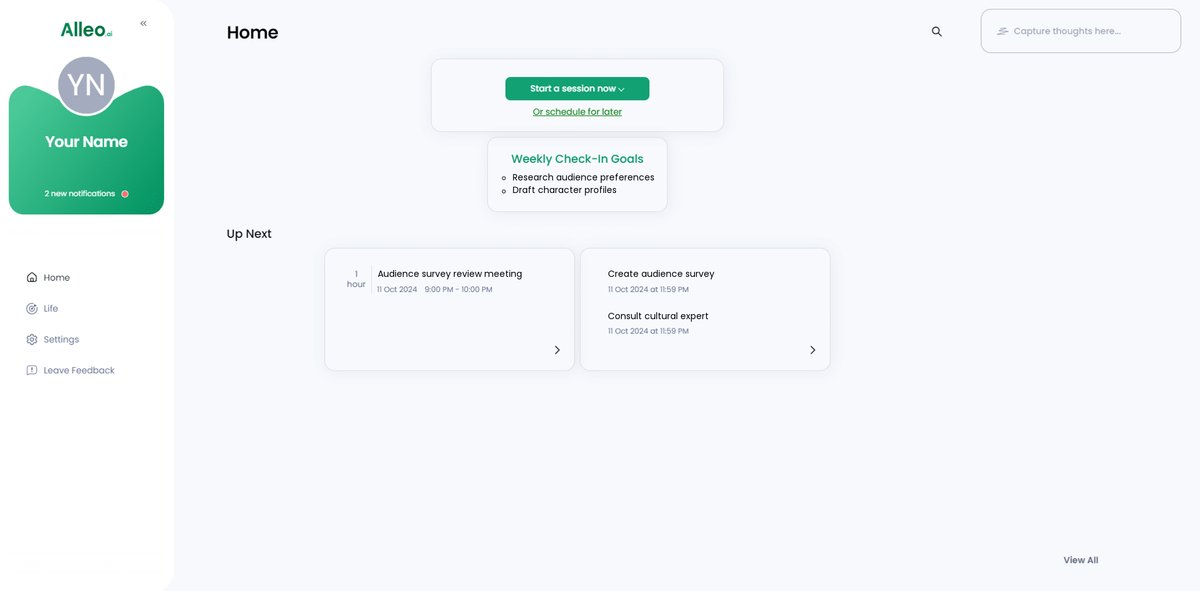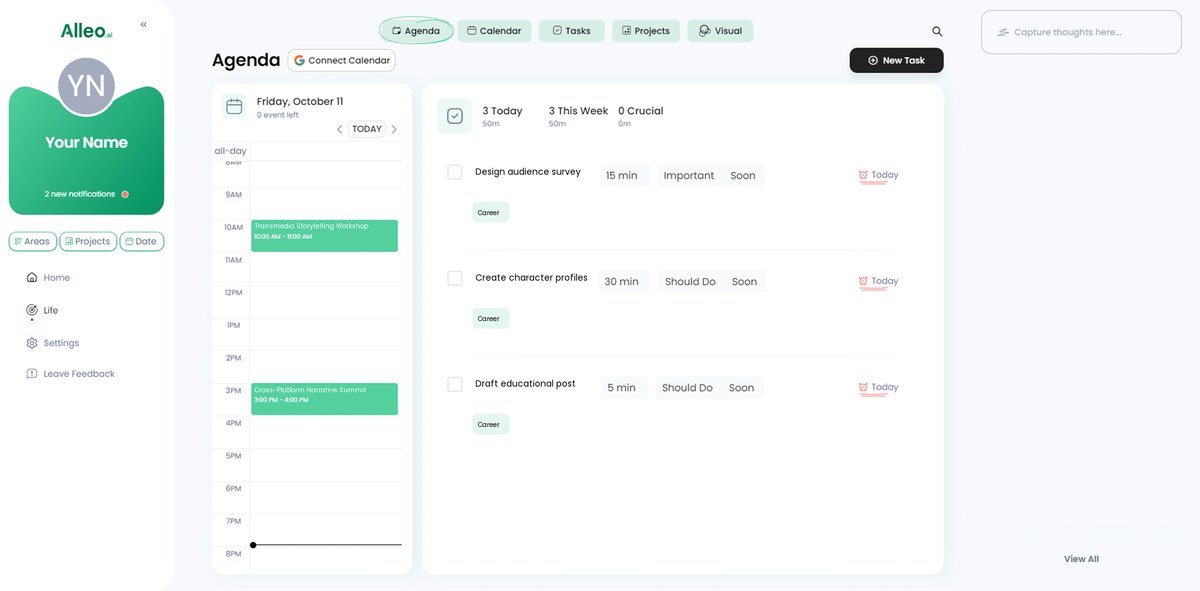6 Powerful Steps to Overcome Audience Biases in Transmedia Storytelling
Have you ever wondered how to create a story that captivates and engages across books, movies, games, and more? Overcoming transmedia audience biases is key to successful cross-platform content creation.
As a public speaker, storytelling is a powerful tool at your disposal. But creating a cohesive narrative across multiple media platforms can be challenging, especially when it comes to audience perception management.
Navigating audience biases and preconceptions about different media formats such as animation versus live-action is not easy. Transmedia storytelling techniques can help break narrative biases.
In my experience helping clients adapt their messages for diverse audiences, I often encounter these challenges. Inclusive storytelling methods and diverse character representation are crucial for overcoming stereotypes in media.
In this article, you’ll discover strategies to overcome transmedia audience biases. We’ll cover research techniques, character consistency, inclusive storytelling, and gradual media integration to enhance audience engagement strategies.
Ready to dive into multiplatform content accessibility and cultural sensitivity in transmedia?

Understanding the Depth of Audience Biases
It’s crucial to recognize how diverse audience biases can disrupt a cohesive transmedia narrative. Many clients initially struggle with the varying perceptions of media formats like animation versus live-action, highlighting the need for effective audience perception management in transmedia storytelling techniques.
This disparity often leads to confusion and disengagement, especially when significant story elements span different media. Overcoming transmedia audience biases is essential for successful cross-platform content creation.
For instance, the confusion around “Halo” lore highlights how pivotal plot points in novels can alienate game players unfamiliar with the extended universe. Overcoming these biases isn’t just about maintaining engagement; it’s about creating an inclusive storytelling experience that resonates with everyone, regardless of their preferred media platform.
By addressing these challenges, you can create stories that truly connect across platforms, employing audience engagement strategies that break narrative biases and ensure multiplatform content accessibility.

Key Steps to Overcoming Audience Biases in Transmedia Content
Overcoming transmedia audience biases requires a few key steps. Here are the main areas to focus on to make progress in audience perception management.
- Conduct Audience Research on Media Preferences: Gather data on audience preferences and biases through surveys and focus groups to inform your cross-platform content creation.
- Create Consistent Characters Across Platforms: Develop character profiles that remain consistent across all media formats, ensuring diverse character representation.
- Use Inclusive Storytelling Techniques: Integrate diverse perspectives and cultural elements into your storytelling, focusing on cultural sensitivity in transmedia.
- Employ Gradual Cross-Media Integration: Introduce new media formats gradually to your audience, breaking narrative biases along the way.
- Develop Platform-Specific Engagement Strategies: Tailor content to fit the strengths and unique aspects of each platform, enhancing multiplatform content accessibility.
- Educate Audience on Transmedia Storytelling: Create informative content explaining transmedia storytelling concepts and techniques.
Let’s dive in to these strategies for overcoming transmedia audience biases!
1: Conduct audience research on media preferences
Understanding your audience’s media preferences is crucial to overcoming transmedia audience biases and creating engaging transmedia content.
Actionable Steps:
- Design and distribute surveys: Create comprehensive surveys targeting diverse demographics to gather data on media preferences and biases, focusing on audience perception management.
- Organize focus groups: Set up focus groups with representatives from your target audience to discuss their media consumption habits and preferences, exploring cultural sensitivity in transmedia.
- Analyze collected data: Use data analytics tools to interpret the survey and focus group results, aiming to identify the top three biases that may impact your cross-platform content creation.
Explanation: Conducting thorough audience research helps pinpoint specific biases and preferences, enabling you to create more effective and inclusive storytelling methods.
This approach aligns with trends in integrating technology and digital storytelling in education to enhance engagement and learning outcomes, supporting diverse character representation.
For more insights on overcoming stereotypes in media, refer to this resource on the importance of understanding audience biases.
This research will lay a strong foundation for creating consistent characters across platforms, enhancing multiplatform content accessibility.

2: Create consistent characters across platforms
Creating consistent characters across platforms is crucial to maintaining a cohesive transmedia narrative and overcoming transmedia audience biases.
Actionable Steps:
- Develop detailed character profiles: Create comprehensive character sheets and share them with all content creators to ensure consistency in cross-platform content creation.
- Conduct regular cross-checks: Schedule bi-weekly meetings to review character development and ensure alignment across different media, focusing on diverse character representation.
- Hold collaborative workshops: Organize workshops with writers and designers from each medium to maintain character integrity and implement inclusive storytelling methods.
Key elements for character consistency:
- Distinct personality traits
- Consistent visual appearance
- Coherent backstory and motivations
Explanation: Ensuring character consistency helps in creating a seamless and engaging transmedia experience. This approach aligns with current trends in maintaining narrative integrity across platforms, as discussed in this resource on transmedia storytelling techniques.
By following these steps, you can build a more immersive and connected story world for your audience, effectively overcoming stereotypes in media and enhancing audience engagement strategies.
Next, we will explore inclusive storytelling techniques to further enhance your transmedia content and overcome transmedia audience biases.

3: Use inclusive storytelling techniques
Incorporating inclusive storytelling techniques is vital to creating transmedia content that resonates with diverse audiences, effectively overcoming transmedia audience biases.
Actionable Steps:
- Consult cultural experts: Engage with cultural experts and sensitivity readers to ensure your content is inclusive and respectful of different perspectives, aiding in overcoming stereotypes in media.
- Implement feedback loops: Create feedback loops with diverse audience groups during the development phase to gather constructive input and make necessary adjustments, enhancing audience perception management.
- Showcase diverse representation: Aim to include diverse characters and cultural elements in at least 50% of your storylines to reflect various audience backgrounds, promoting inclusive storytelling methods.
Explanation: These steps are essential for creating a narrative that respects and reflects the diversity of your audience, crucial in transmedia storytelling techniques.
Inclusive storytelling not only enhances engagement but also fosters a sense of belonging among your audience, contributing to effective cross-platform content creation.
This approach aligns with the increasing focus on inclusive educational practices, as highlighted in this resource on equitable education.
By embracing inclusivity, you can create more impactful and connected transmedia stories, breaking narrative biases and improving audience engagement strategies.
Next, we will explore how to employ gradual cross-media integration, further enhancing multiplatform content accessibility.

4: Employ gradual cross-media integration
Introducing new media formats gradually is crucial to keeping your audience engaged and avoiding overwhelming them when overcoming transmedia audience biases.
Actionable Steps:
- Start with familiar formats: Begin with media formats your audience already enjoys and trust, then introduce new ones slowly, utilizing inclusive storytelling methods.
- Test with pilot projects: Launch small-scale pilot projects to gauge audience reactions before full-scale integration, focusing on cross-platform content creation.
- Monitor engagement levels: Track audience engagement and adjust your pacing to ensure a smooth transition, implementing audience engagement strategies.
Explanation: These steps ensure a smooth transition, maintaining engagement and minimizing confusion in transmedia storytelling techniques.
Gradual integration allows you to adapt based on audience feedback, enhancing your transmedia storytelling and overcoming stereotypes in media.
This approach aligns with trends in digital storytelling to enhance engagement, as seen in this resource on integrating technology in education, which can be applied to diverse character representation in transmedia.
By following these steps, you can create a seamless cross-media experience for your audience, improving multiplatform content accessibility and audience perception management.

5: Develop platform-specific engagement strategies
In the realm of transmedia storytelling, it is crucial to develop platform-specific engagement strategies to maximize audience connection and overcome transmedia audience biases.
Actionable Steps:
- Tailor content for each platform: Create unique content strategies for each platform to leverage their strengths, such as interactive elements for digital platforms and immersive visuals for movies, while focusing on inclusive storytelling methods.
- Encourage audience interaction: Design interactive features like polls, quizzes, and forums to foster audience participation and engagement on each platform, ensuring multiplatform content accessibility.
- Monitor engagement metrics: Track specific engagement metrics for each platform to ensure your content resonates and adjust strategies based on feedback, aiding in audience perception management.
Benefits of platform-specific strategies:
- Enhanced user experience
- Increased audience retention
- Improved content relevance
Explanation: These tailored strategies are vital for maximizing engagement and ensuring your content resonates across various platforms, helping in overcoming stereotypes in media.
By leveraging the unique aspects of each medium, you can create a more connected and immersive transmedia experience while breaking narrative biases.
This approach aligns with trends in digital storytelling and audience engagement, as highlighted in this resource on integrating interactive elements in storytelling.
Implementing these steps will ensure your transmedia content effectively engages your audience across all platforms, promoting diverse character representation and cultural sensitivity in transmedia.

6: Educate audience on transmedia storytelling
Educating your audience on transmedia storytelling and overcoming transmedia audience biases is crucial for ensuring they appreciate and engage with your narrative across different platforms.
Actionable Steps:
- Create educational content: Develop informative videos, articles, and social media posts explaining the concepts of transmedia storytelling techniques and audience perception management.
- Host webinars: Schedule monthly webinars to discuss transmedia storytelling and answer audience questions about cross-platform content creation.
- Engage through live sessions: Organize live sessions to interact with your audience and address their concerns directly, focusing on overcoming stereotypes in media.
Key topics to cover in audience education:
- Basics of transmedia storytelling and inclusive storytelling methods
- How to navigate different platforms and ensure multiplatform content accessibility
- Benefits of engaging with multiple media formats and diverse character representation
Explanation: These steps are essential for helping your audience understand and engage with your transmedia content. By educating them and breaking narrative biases, you build a more informed and appreciative audience.
This approach aligns with trends in enhancing audience engagement strategies through interactive content, as discussed in this resource on modern narrative design.
Educating your audience and promoting cultural sensitivity in transmedia lays a strong foundation for deeper connection and participation.

Partner with Alleo to Overcome Audience Biases
We’ve explored the challenges of overcoming transmedia audience biases in transmedia content. But did you know you can work directly with Alleo to make this journey easier and faster?
Setting up an account with Alleo is simple. Once registered, you can create a personalized plan tailored to your needs for overcoming stereotypes in media and enhancing diverse character representation.
Alleo’s AI coach will guide you through every step of audience perception management, ensuring you stay on track with your transmedia storytelling techniques.
The coach will send regular updates and reminders via text and push notifications. This helps you stay accountable and make necessary adjustments to your cross-platform content creation strategies.
You can also schedule consultations with cultural experts to improve cultural sensitivity in transmedia and manage feedback loops easily for better audience engagement strategies.
Ready to get started for free and learn inclusive storytelling methods? Let me show you how!
Step 1: Log In or Create Your Account
To start overcoming audience biases with our AI coach, log in to your existing Alleo account or create a new one if you’re joining us for the first time.

Step 2: Choose “Building better habits and routines”
Select “Building better habits and routines” to develop consistent practices that will help you create and maintain cohesive transmedia narratives across different platforms, addressing audience biases and preferences more effectively.

Step 3: Select “Career” as Your Focus Area
Choose “Career” as your focus area to address challenges in transmedia storytelling and content creation, aligning your professional development with the skills needed to overcome audience biases across different platforms.

Step 4: Starting a Coaching Session
Begin your journey with Alleo by scheduling an intake session, where our AI coach will help you set up a personalized plan to overcome audience biases and create compelling transmedia content.

Step 5: Viewing and managing goals after the session
After your coaching session, open the Alleo app to find your discussed goals displayed on the home page, allowing you to easily track and manage your progress in creating cohesive transmedia narratives.

Step 6: Adding events to your calendar or app
Use the AI coach’s calendar integration feature to add key milestones and deadlines for your transmedia storytelling project, allowing you to easily track your progress in overcoming audience biases and creating cohesive narratives across platforms.

Bringing It All Together: Your Transmedia Success
Let’s recap the journey we’ve taken.
Creating a cohesive transmedia narrative requires understanding and overcoming transmedia audience biases. By conducting thorough audience research, you can pinpoint key preferences and biases, essential for effective audience perception management.
Consistent characters are vital across all platforms. Inclusive storytelling methods and diverse character representation ensure your story resonates with diverse audiences, breaking narrative biases.
Gradual media integration and platform-specific strategies for cross-platform content creation keep engagement high. Educating your audience about transmedia storytelling techniques fosters deeper connections and enhances multiplatform content accessibility.
I know it can be challenging, but with these audience engagement strategies, you’re on the right path to overcoming stereotypes in media. Remember, Alleo is here to help with your transmedia storytelling journey.
Start your journey with us today. Together, we can make your transmedia storytelling dreams a reality while maintaining cultural sensitivity in transmedia narratives.